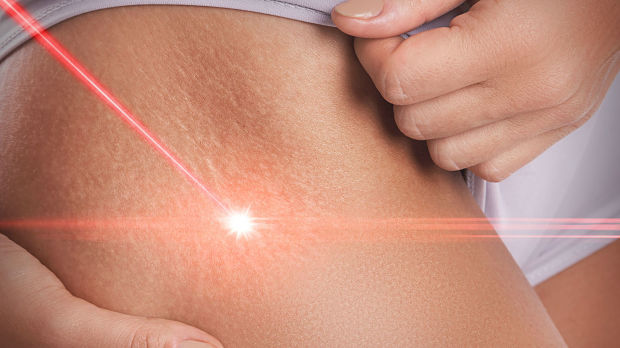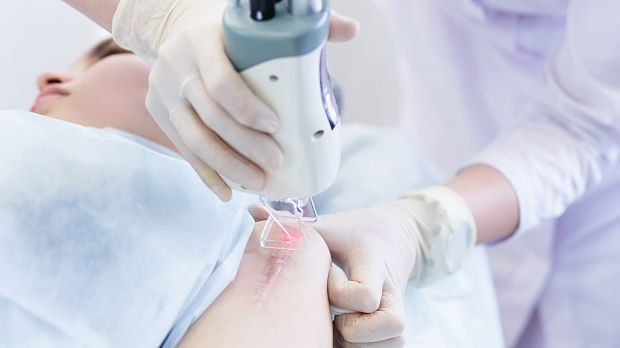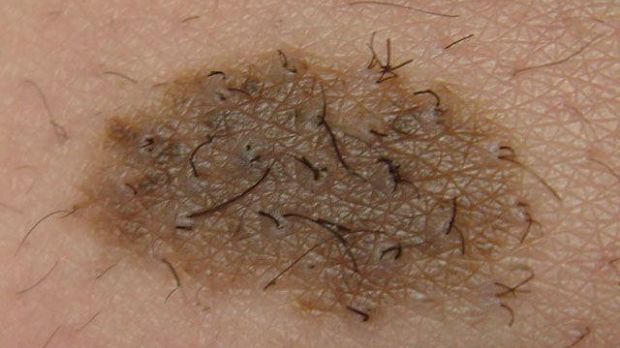
Does Fractional Laser Treatment Improve Stretch Marks?
February 18, 2019Striae distensae (SD), also known as stretch marks, is a condition that is both distressing to patients and difficult to effectively treat. The currently available treatments are not reliably effective and there is no standard treatment that has been established. A recent study notes that some laser treatments have shown promise and small clinical improvements …



